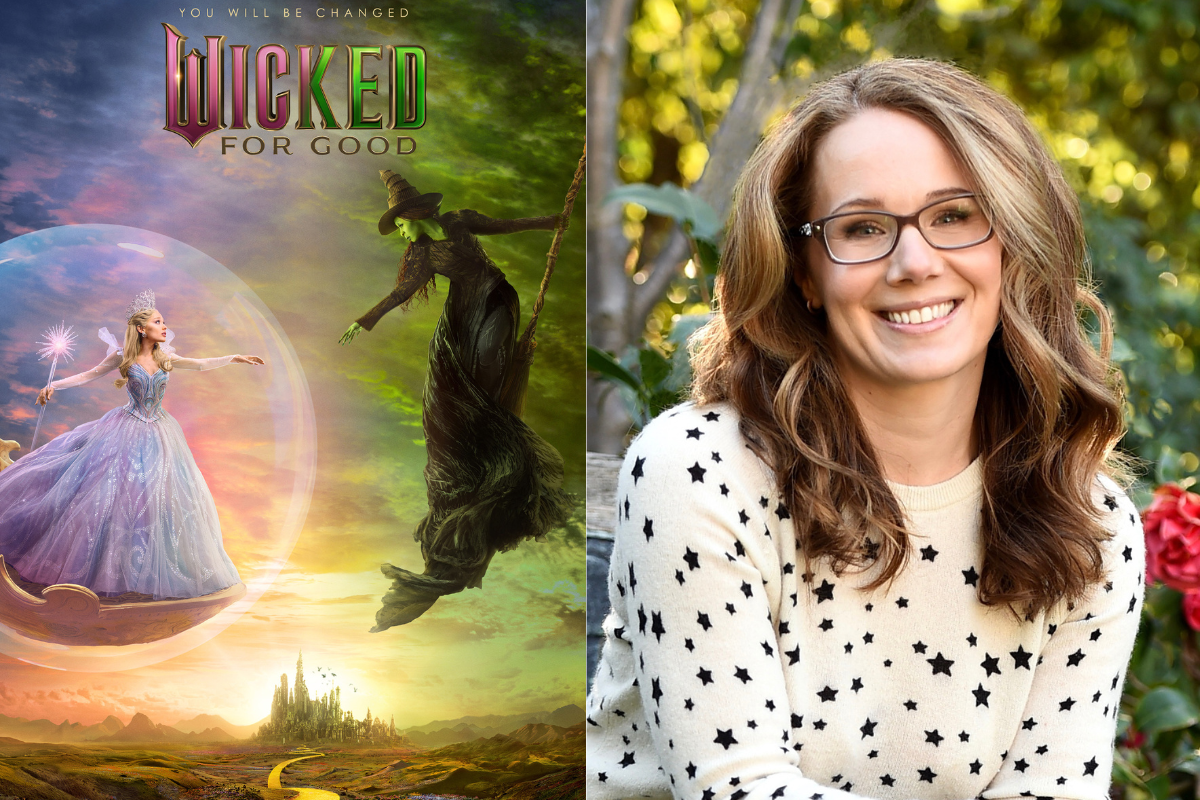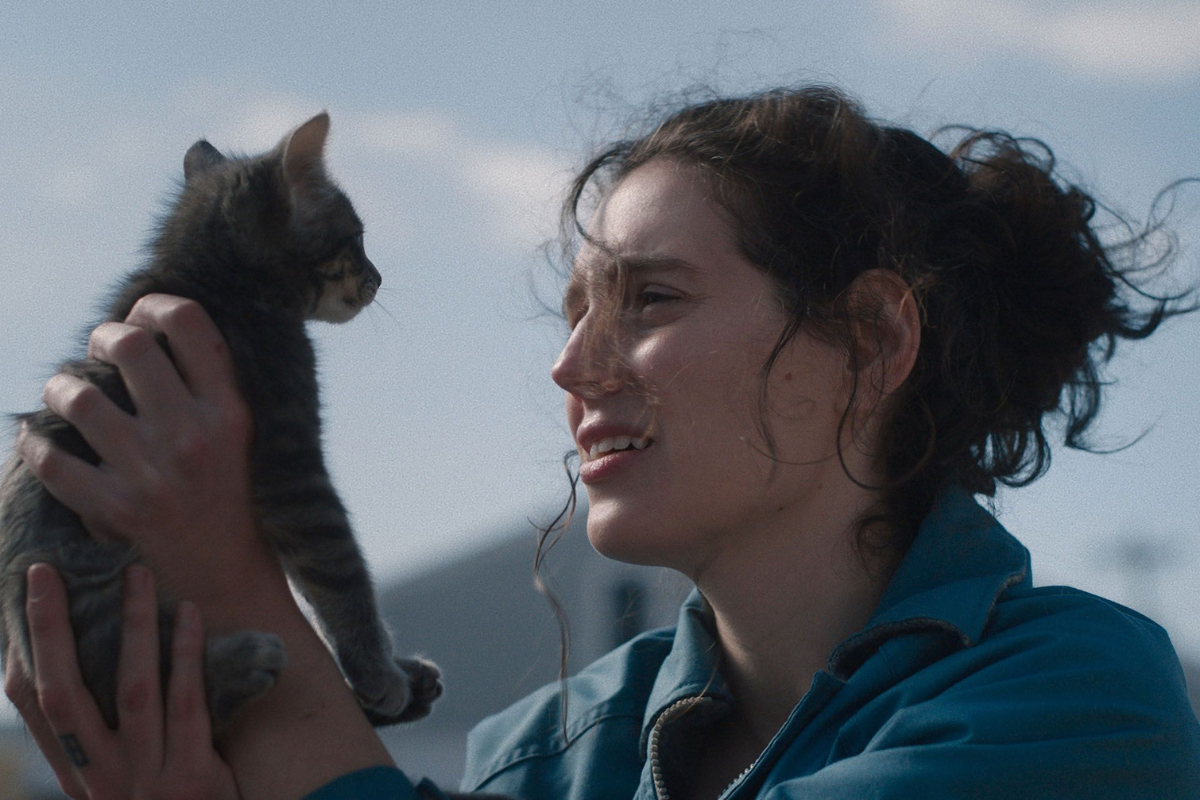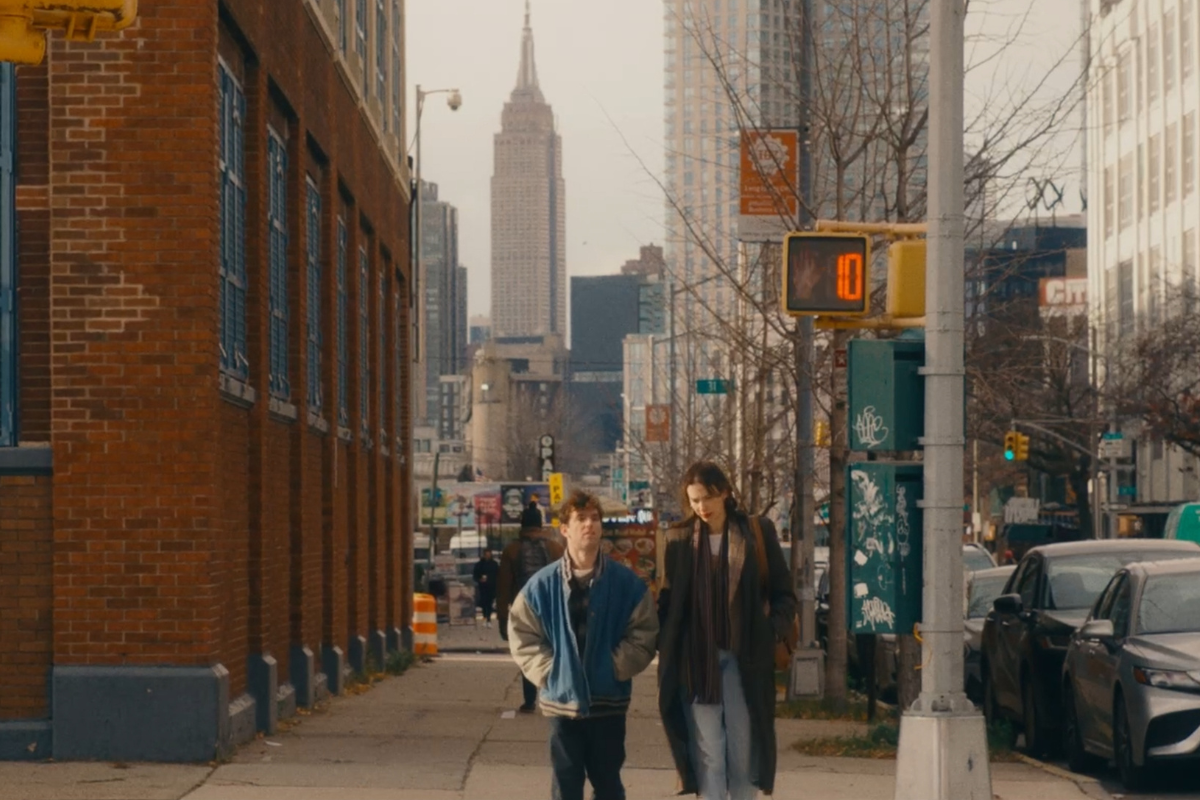The Bruised Nobility of the Stuntman: Drew Pearce Talks ‘The Fall Guy’
‘The Fall Guy’ screenwriter Drew Pearce talks about how he initially became attached to writing the action-comedy movie, shares tips on writing action that stands out, how he broke into the business, and more!
According to writer/director Drew Pearce, what makes an action film, or any film special, are its moments. “If you can walk away from a movie with five moments, that's about as great as it's ever going to be. That might be an image or a line. A look. The love affair. Those moments are what make a film for me. “
With Universal Pictures’ The Fall Guy, which Pearce wrote, and former stuntman David Leitch (Bullet Train, Dead Pool 2) directed, he’s created a love letter to the art of filmmaking and the risk-taking, underdog stunt person. Based on the 1980s television series that starred Lee Majors, this “has a very different story and character. But still has some of the swing of the series,” according to Pearce. The television series had a “post-70s, loosey goosey California vibe” and Pearce wanted to capture that in his reimagining of it.
Much like the Peter O’Toole starrer The Stunt Man, The Fall Guy, a mise en abyme, plays with the notion of the “magic” of movies, which often entails fantasy and reality overlapping, and demonstrates the lengths some will go to create their gesamtkunstwerk. Part of his process before even writing the first draft of The Fall Guy was doing extensive interviews with stunt people. “I wanted the reality of their life to be reflected and that's part of my process for every single project.”
Pearce is attracted to stories with blue-collar central characters partially because those are his roots. Also, growing up he was obsessed with The Fall Guy, which he used to watch with his dad. He still has a “Fall Guy” toy truck. When producer Guymon Casady approached him with the project, he wasn’t aware of Pearce’s love for the show, which fused with his appreciation for “those kind of Shaggy Dog L.A. figures.” Four and half years in the making, Pearce prepared two pitches when Leitch and Kelly McCormick came on board.
“One, which was something Kelly had been gravitating towards, was like a big Mission Impossible team movie. The other was something a bit more personal to me. Basically, a riff on The Long Goodbye, but with a stuntman and some big stunts.” The more they worked on it, the more they imbued it with David Leitch’s experience as a stuntman, crafting a humorous and noirish nod to The Long Goodbye.
Pearce started his career by writing and directing shorts in the U.K. When he came to the U.S. to try to break into the film industry, he got stuck here because of the Icelandic volcano erupting and sent out an S.O.S. email for work. He’d met with Marvel, which was still a “cottage industry” then and they were fans of his show No Heroics. They serendipitously put him on a list of twenty being considered to write Marvel’s Runaways. He had to have his pitch ready by “9:00 a.m. the next morning.” He got the gig to write the script and that launched his filmmaking career in the U.S. He went on to write the Shane Black-directed Iron Man 3.
When it comes to actioners, Pearce has a few favorites, including Shane Black’s Lethal Weapon. “I really like The Silent Partner and The Stunt Man." He also recognizes Asian cinema and Korean actions flicks as some of the best in the genre. Tony Jaa’s The Protector 2 stands out for him. “It has my favorite standalone action sequence of all time. The fight up the spiral staircase is an unbroken take. It’s like the whole of Point Blank as a movie but in one sequence. I feel like action sequences should function in an action movie like musical numbers in a musical. Someone once told me that if the story isn't in a different place by the end of a song, then the song shouldn't be in the musical. I feel like that is a rule that should be applied to an action sequence in a movie.”
He believes John Wick 4 is mythic. The fight on the staircase may not seem like it changes much in the story, but it does. Under Chad Stahelski’s masterful direction, “it's a movie that leans into the Greek mythic tradition. What changes for John Wick is that it's yet another Sisyphean test for him to go through. But I'd argue that that changes the character because it beats down the character even more and he has to overcome that.”
One of the most important aspects of his writing process is having a playlist to listen to. It helps get him in the zone. He’s usually working on more than one project at a time so one song can’t be one more than one playlist. He picks songs and soundtrack scores that inspire him. The first song on the list is key. “Even though I'll put the rest of it on shuffle, that will be the trigger song for my work. The trigger music for The Fall Guy was Hans Zimmer's “Thunderbird” from Thelma & Louise. The second one was the theme song by Ennio Morricone for Machine Gun McCain. Those two are the mindset songs that made me click into the groove of writing The Fall Guy.“
Pearce believes that when putting action on the page, the more character that’s in an action sequence, the better. “I always urge writers to put themselves inside the camera and be the action sequence. Think about what it's doing to your character. Then you'll gift the movie with moments.”
As for his favorite moment in The Fall Guy, that’s easy. “My favorite scene is in the hotel lobby when Jody (Emily Blunt) and Colt (Ryan Gosling) are talking. You have two great actors talking to each other. You could have run that shot in the movie as an unbroken two-shot. They're spectacular in it. Their chemistry is amazing. Line delivery and improv is amazing. They're just in it. It’s two people trying to reconnect and fall in love again. The Trojan Horse of this film is that it's a small, grown-up love affair story.”
The Fall Guy opens in theaters on May 3, 2024. This Universal Pictures release stars Ryan Gosling, Emily Blunt, Aaron Taylor-Johnson, Hannah Waddingham, and Stephanie Hsu.
This one-week intensive course focuses on the specifics of writing compelling action (description) and dialogue. At the end of this course, your expert instructor, Dave Trottier, will evaluate five pages of your spec script.
Sonya Alexander started off her career training to be a talent agent. She eventually realized she was meant to be on the creative end and has been writing ever since. As a freelance writer she’s written screenplays, covered film, television, music and video games and done academic writing. She’s also been a script reader for over twenty years. She's a member of the African American Film Critics Association and currently resides in Los Angeles.







